Welcome to the new video. It is worth waiting for. Parthian chicken is one of the simplest dishes in Apicius, easily made in a modern setting. Its very tasty indeed and demonstrates that asafoetida was and is delicious in the right recipe.
I have previously researched the roasting technique I use here, using the clibanus – portable two piece oven/casserole, in a blog for the British Museum. From Parthian chicken to flat breads: experimenting with a Roman oven – British Museum Blog
This discussion was posted during the exhibition Life and death in Pompeii and Herculaneum from 2013 at the British Museum. (For some reason the first section of this blog has disappeared of the web and I have failed so far to find the original doc as it was three computers ago! ) The original vessels were found in the store at the Naples archaeological museum by Paul Roberts current Roman curator at the Ashmolean, during preparation for the exhibition in 2012 and I was subsequently able to have the vessel replicated by Chris Lydamore, in order to experiment with them.
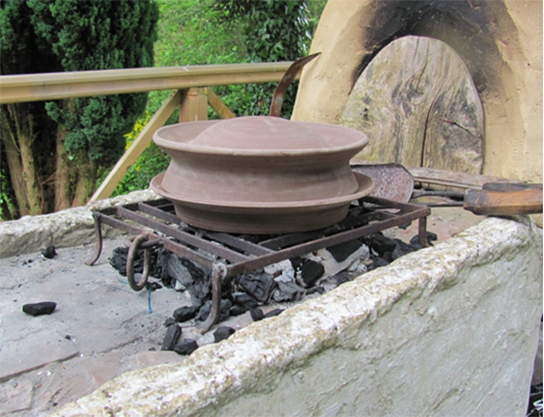
More about that stinky spice..
There are times when consuming asafoetida is a glorious experience where you find complex garlicky pungency with spice elements and a sweetness that is quite magical but there are other times when the flavour seems to grate on the pallet and to my mind it spoil many a Roman sauce and understanding why is a complex issue and one that has intrigued me for years.
This recipe is one of the few that works for me and I thoroughly recommend it. Its very simple and straightforward.
6.8 3. Parthian chicken: draw the chicken from the rear and cut it into quarters. Pound pepper, lovage, a little caraway, pour on liquamen, flavour with wine. Arrange the chicken pieces in a ceramic dish, put the sauce over the chicken. Dissolve fresh laser in warm water² and put it straightaway on the chicken and cook it. Sprinkle with pepper and serve.
Modern recipe
1 medium chicken, 1/2 tsp lovage seed, 1 tsp caraway seed, 1/2 tsp asafoetida powder or a small lump of resin the size of a pea, generous black pepper, 250ml sweet wine, 1-2 tbsp olive oil, 3 tbsp fish sauce
Joint the chicken and place in an oven dish. Dry roast the seeds and the asafoetida resin together, grind together with the pepper. Add the liquids and pour over the chicken. Roast in the normal way and baste regularly to crisps the skin.
The Latin calls for laser vivum which reflects a fresh resin recently harvested and able to melt and dissolve as I demonstrated on the video. I do not expect many of you will be able to access this kind of asafoetida. The dry aged resin does dissolve eventually in hot water but it can also be dry roasted and ground and I find this is beneficial as it caramelizes the flavour .
Below I have cut the information about asafoetida from my Apicius volume:
Silphium Also known as laserpicium, laser, sirpe. See asafoetida. The miraculous spice of legend, uniquely grown in Cyrenaica in northern Libya, it was said to have great healing powers, to be an aphrodisiac and digestive. According to Pliny, it was never properly cultivated and eventually died out through over-cropping. He also tells us that, within his memory, the last stalk was delivered to Nero, suggesting a date of AD 41–68 for its extinction.1 In the time of Alexander (c. 328/7 BC), the asafoetida that eventually replaced silphium in the kitchen had been identified in Afghanistan and used as a tenderizer for meat by his soldiers. 2 Given this early date for the recognition of asafoetida as a substitute, it is not impossible that both varieties of the spice were available in Rome together for some time before silphium proper died out.
Asafoetida – Parthian laser Ferula asafoetida, family umbelliferae. Also known as ‘hing’, ‘devil’s dung’ and ‘food of the gods’: the resin or gum obtained from the root of a plant native to Afghanistan. It is available in the UK, imported from India as a powder. The resin is ground and mixed with bean meal or flour; it is weaker in flavour and has a shorter life than the pure resin (which is less readily available here). In Apicius, laser is either from Cyrenaica in North Africa or from Parthia (Iran/Afghanistan/Iraq/Armenia). African laser was known as silphium but, confusingly, writers also called the other types of resin from Parthia silphium or laser . When silphium became extinct in the mid-first century AD, products from the plant from Parthia replaced it: there are recipes in Apicius which give the reader a choice, but the majority of recipes give no indication as to whether Parthian or African laser was intended.
In the countries of origin the stalk, leaf, resin (opos in Greek) and the root were consumed. The root and resin are likely to be the only products that travelled to Rome. In Apicius various terms are used to indicate this plant and we cannot be certain of their meaning or derivation. It seems clear that silphium was the name of the plant in Greek, but it was also the word used for the root. Galen tells us that ‘people call the root of silphium by the same name as the whole plant’.3 In Apicius the recipes also talk of laseris radix, ‘laser root’, which is equated with silphium in 3.4.1. It is our belief that the dried root and resin reached Rome and were both used in cooking and may have contributed to the demise of the original African spice. One of Columella’s recipes confirms this distinction. He lists the ingredients for an oxyporium which include seminis unciae duae laseris radicis quod silphium Graeci vocant (1½ oz of laser root which the Greeks call silphium).4 He then lists an alternative kind of digestive, which he suggests is made more valuable if mixed with the previous one, ‘but if you have Syrian laser rather than silphium you will do better to add ½ oz of it.’ We think that Syrian laser is the resin and that it is being suggested as an alternative to the root and in much smaller quantities. The resin has a powerful, pungent flavour and would be used in far smaller quantities than the root, hence the need to reduce the quantity. We cannot be certain about these products, but suspect that the root was a far more common item of commerce than the resin, and that the statement silfi id est laseris radicem found at 3.4.1 in Apicius should be taken literally: when silphium appears in (some) of the recipes it does mean the root.
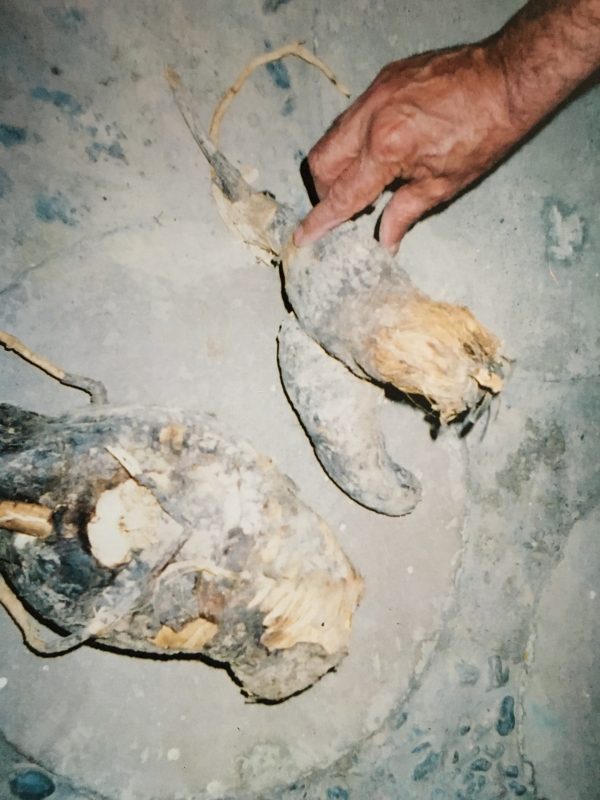
I have never been able to taste the root and I suspect that it was somewhat less intense in flavour and this difference is the explanation for the fact that some recipes work with the resin while others seem to fail. It is also not clear to what extent the root and resin from asafoetida differs from that of silphium in terms of flavour. The true silphium is said to be far less pungent and to be almost sweet in flavour without that sulphurous edge that is such an acquired taste. These issues would seem to be the reason why asafoetida alone often disappoints.
In Latin sirpe, laser and laserpicium are all terms for the resin. In Apicius the resin can be uiuum – ‘living’ – which we interpret as the fresh resin, which is moist and still in the process of drying out. It would have been unadulterated and unground, and liable to decay: it was apparently unstable and did not travel, according to Pliny.1 This is in contrast to a fully dried resin, which had been shaken with bean meal to ‘fix’ it for travel. Both these kinds of laser were dissolved in warm water, though the dried variety takes some time, as our own experiments have confirmed. Laser uiuum must surely have been the most expensive variety, followed by the pure resin, unground. The resin could also be pre-ground before sale, as Pliny suggests when he says that Parthian laser was often adulterated and of a much inferior quality. It is likely that the variety of laser most readily available then, as today, would have been a pounded resin mixed with flour or bean meal in various quantities depending on quality.
New research on Silphion . A new article recently made available on Open access has revealed that there is the possibility that silphium has survived in Anatolia Read it here Plants | Free Full-Text | Next Chapter in the Legend of Silphion: Preliminary Morphological, Chemical, Biological and Pharmacological Evaluations, Initial Conservation Studies, and Reassessment of the Regional Extinction Event (mdpi.com)
For the purposes of reconstructing the recipes, whether they call for silphium or laser or laser radix or laser uiuum, the cook has little choice but to use the resin sold as ‘asafoetida mass’ from Indian shops or the resin which is pounded and mixed with bean meal and turmeric and known as hing. This is precisely what the Romans of the first century AD did too. Alternatively, any acquaintance you may have who travels to the Middle East or India should be cultivated. Whichever form of the spice is available to you, care must be taken, as the spice can ruin a dish if used to excess.
Grocock and Grainger 2006 Apicius page 331f)
1 Pliny, HN. 19.35-38, 22.100-6; Theophrastus, History of Plants 6.3, 9.1.7; see also Dalby, Food in the Ancient World, pp. 303-4.
2 See p. 333 n. 3 above; Dalby, Food in the Ancient World, p. 20.
3 Galen, Commentary on ‘Diet in Acute Diseases’ 15.877-8, a ‘Hippocratic’ text of the late fifth century. See particularly Andrew Dalby, ‘Silphium and Asafoetida: evidence from Greek and Roman writers’, in Spicing up the Palate: Proceedings of the Oxford Symposium on Food and Cookery 1992 (Totnes, 1993), pp. 67-72
4 Columella 12.59.4.

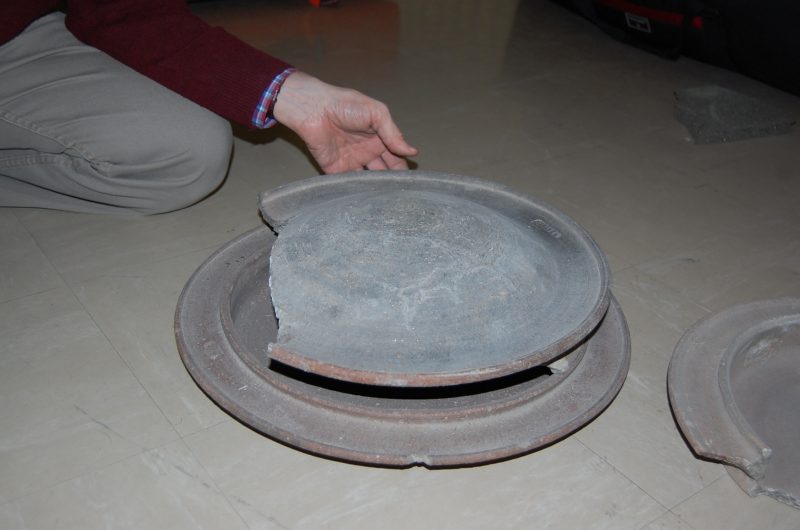
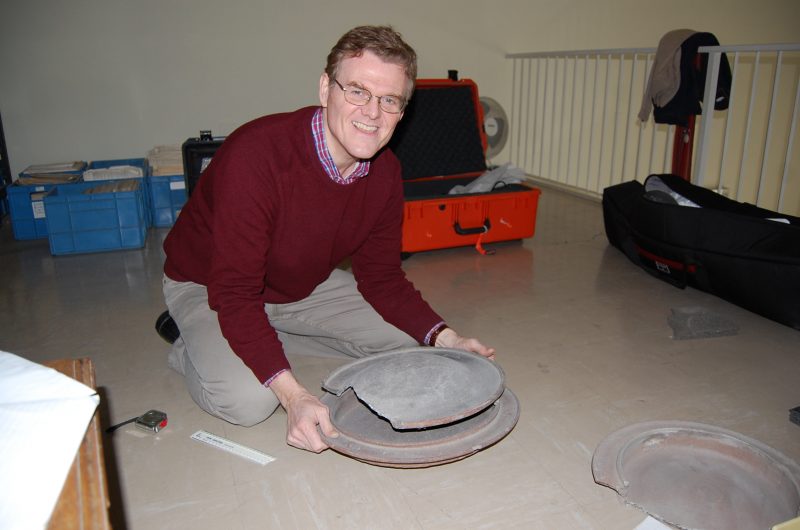
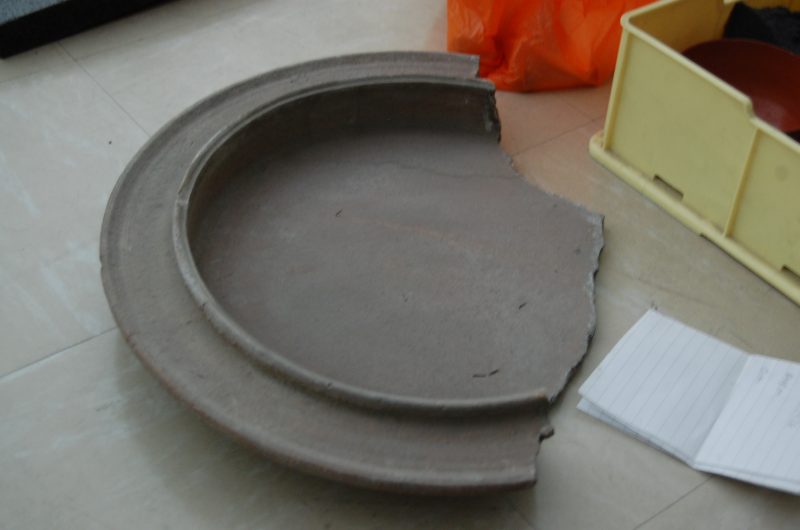
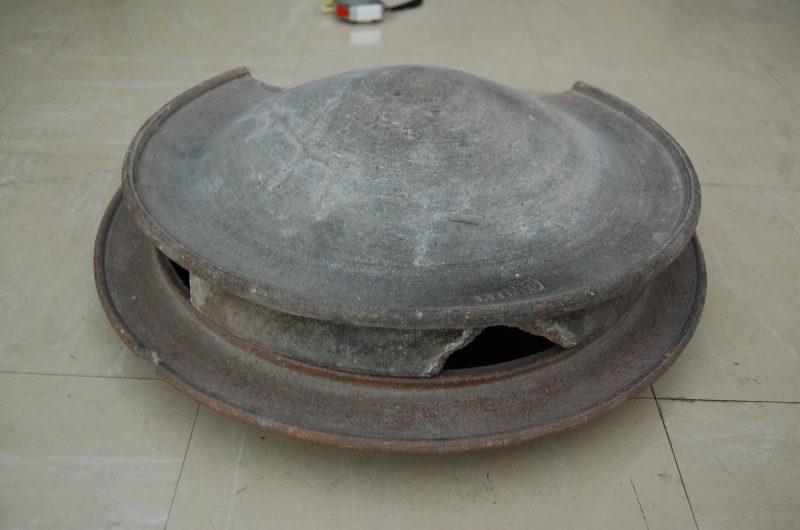
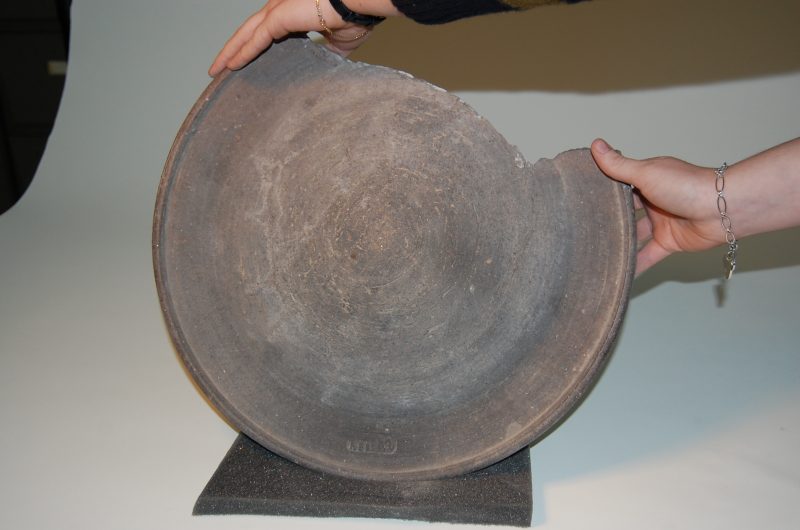
Thank you for a modern adaptation! Iv been looking for a recipe for this for a long time. As iv gotten so bored of the current foods commonly consume.